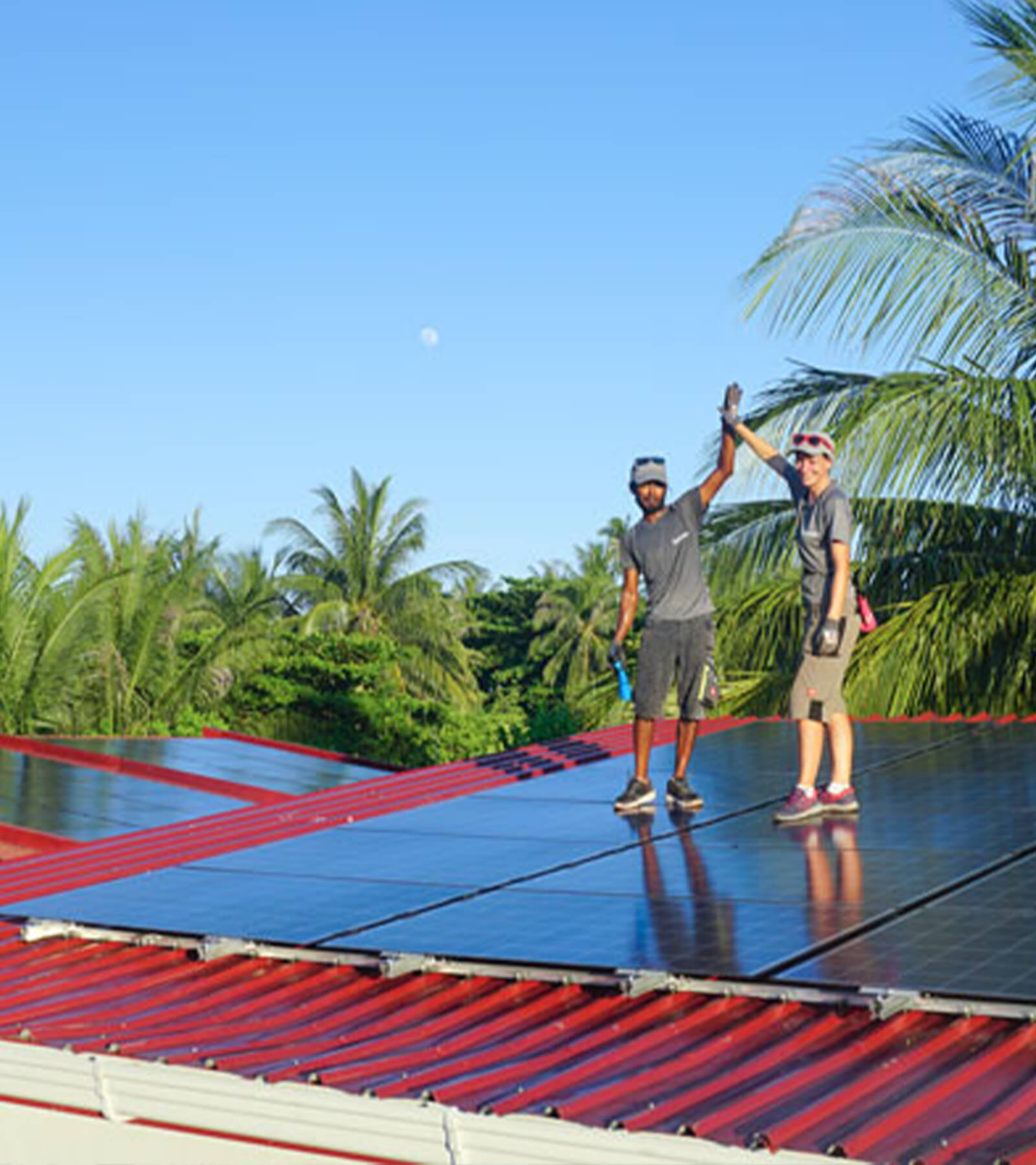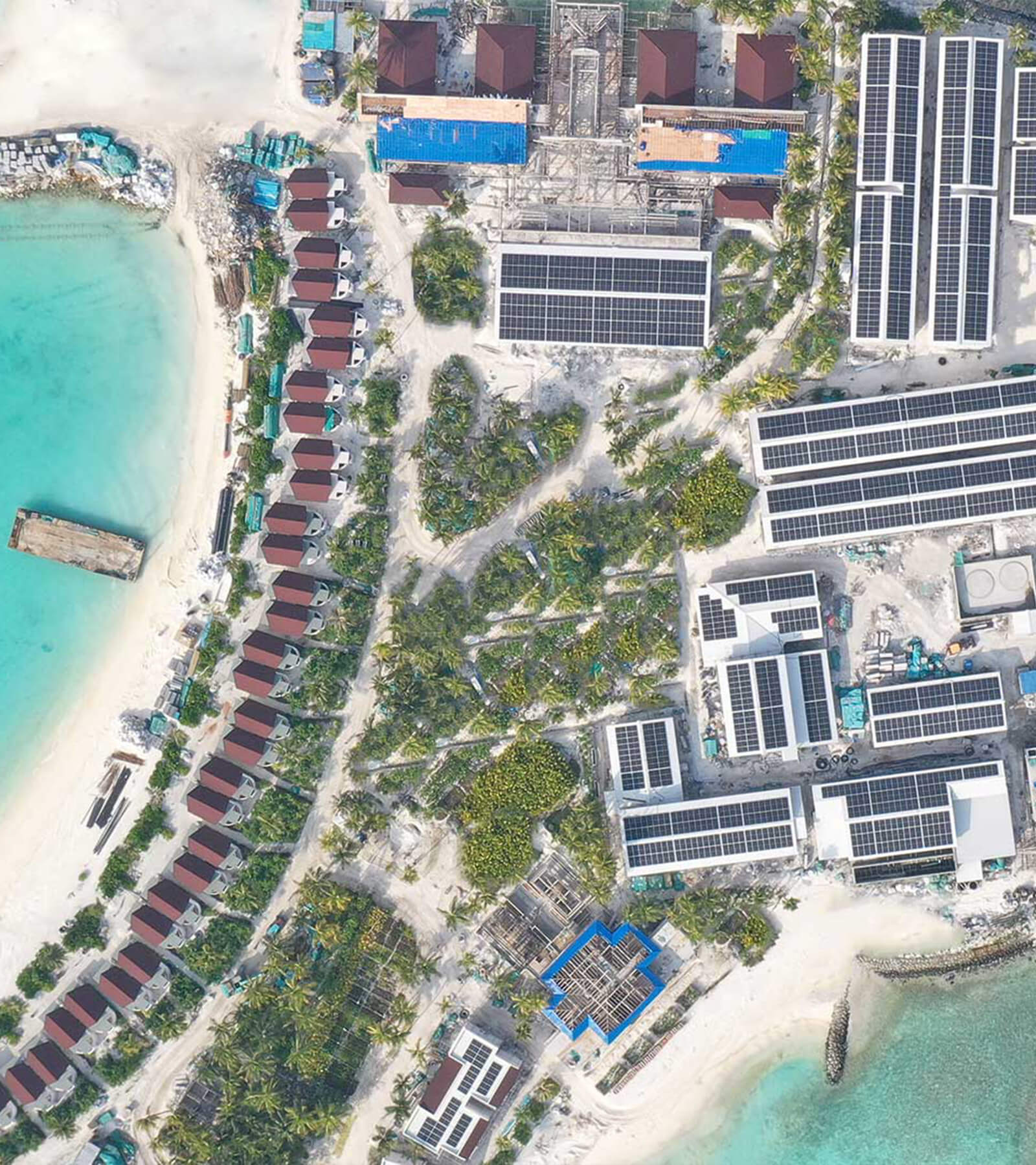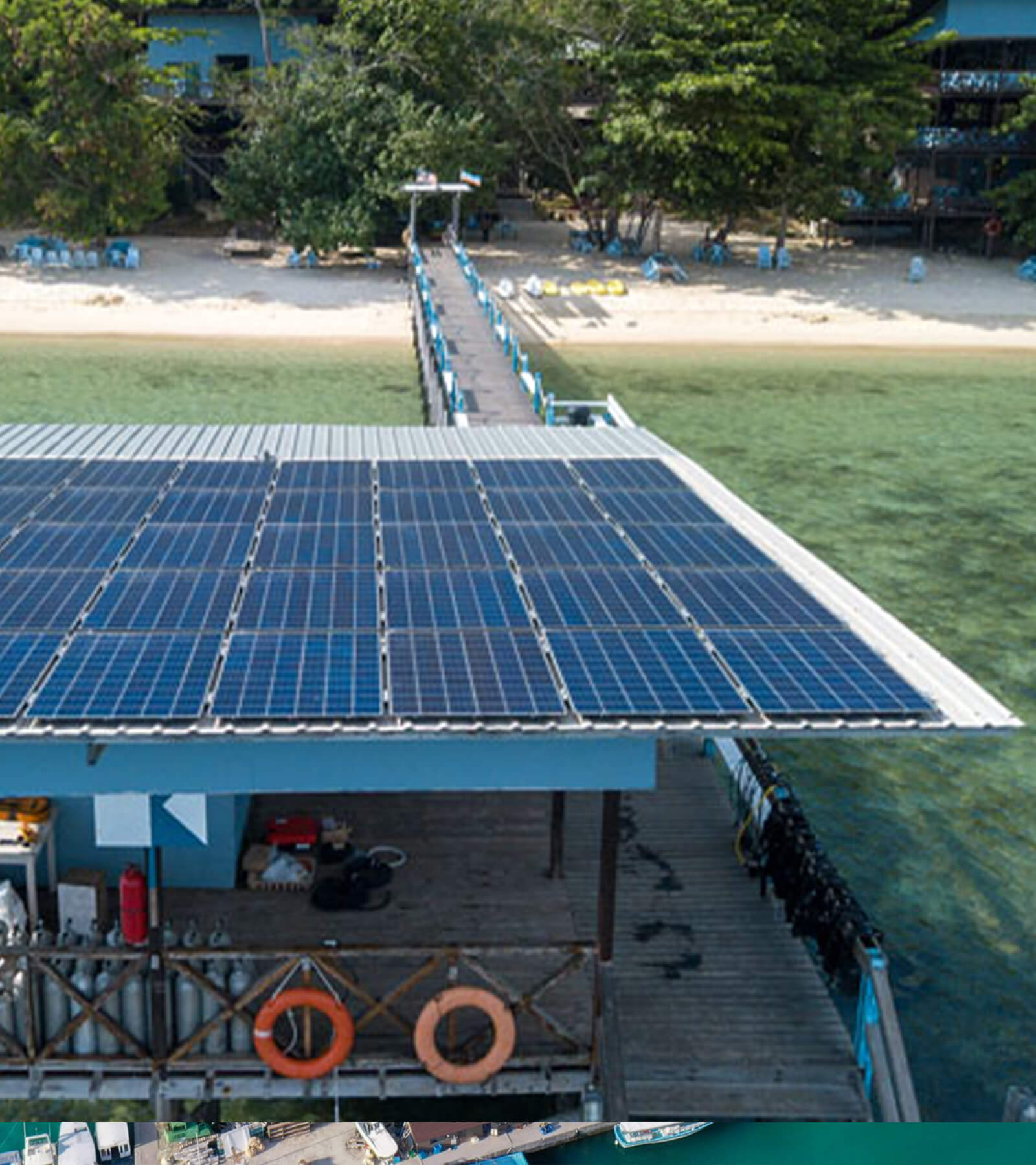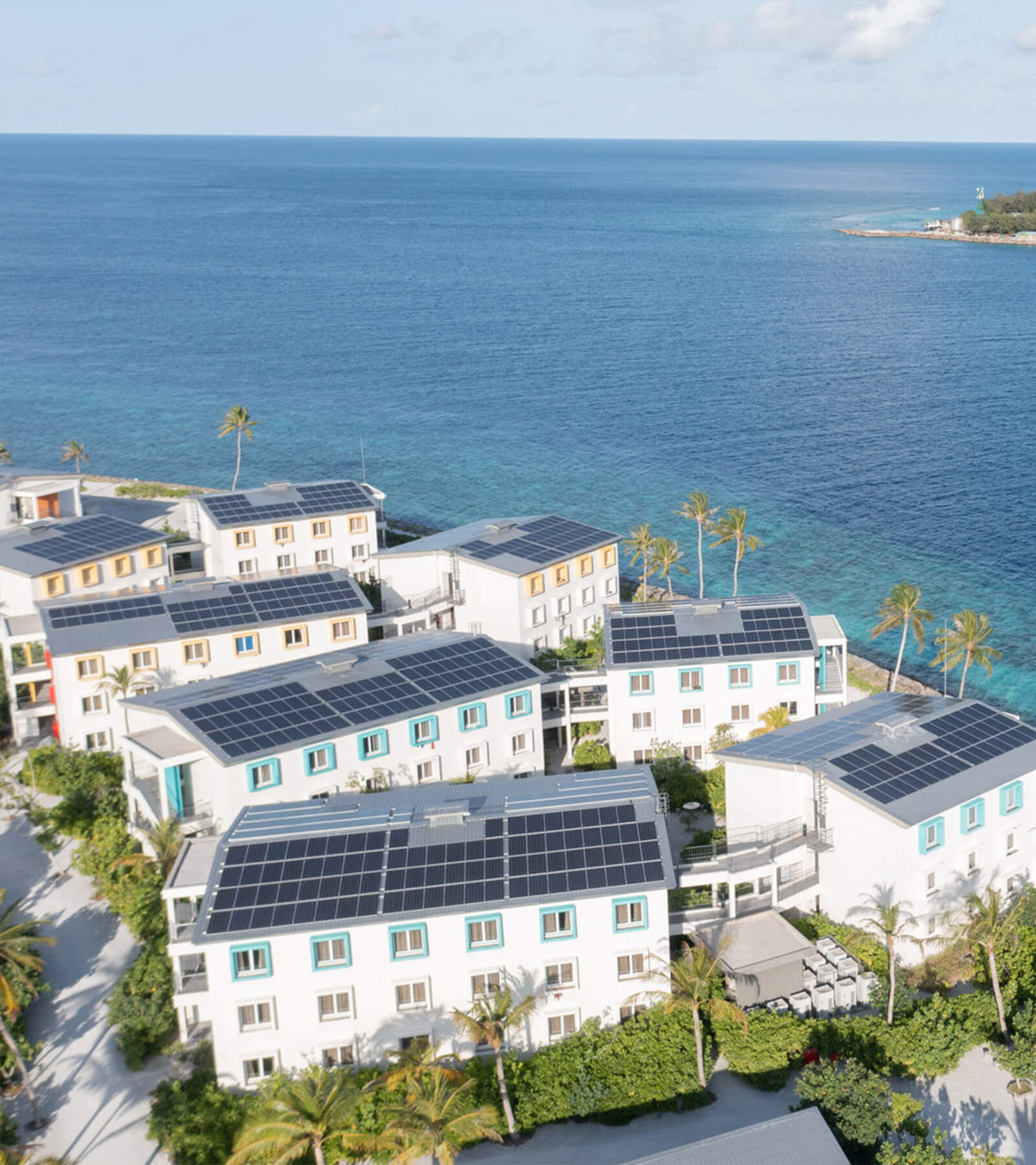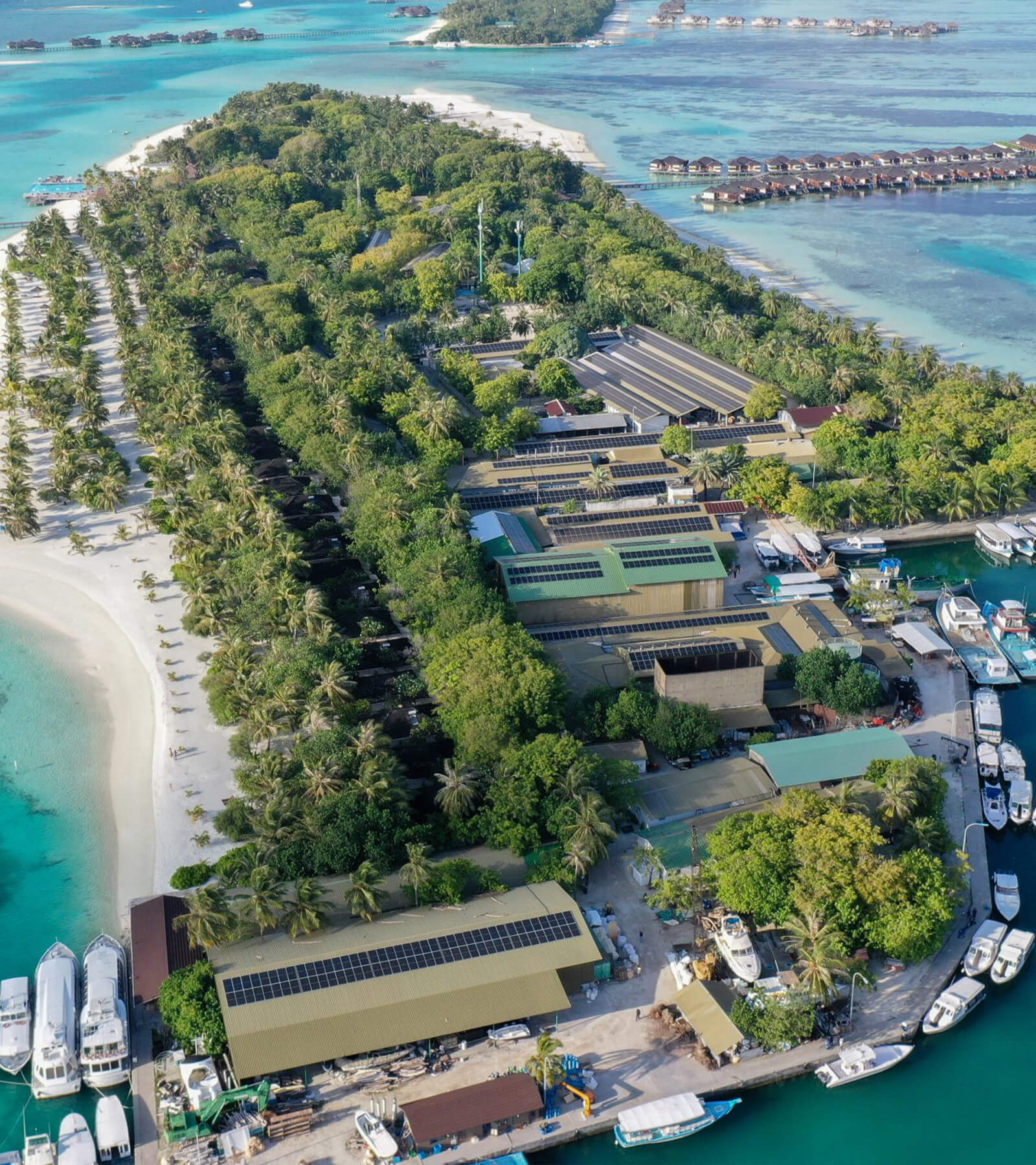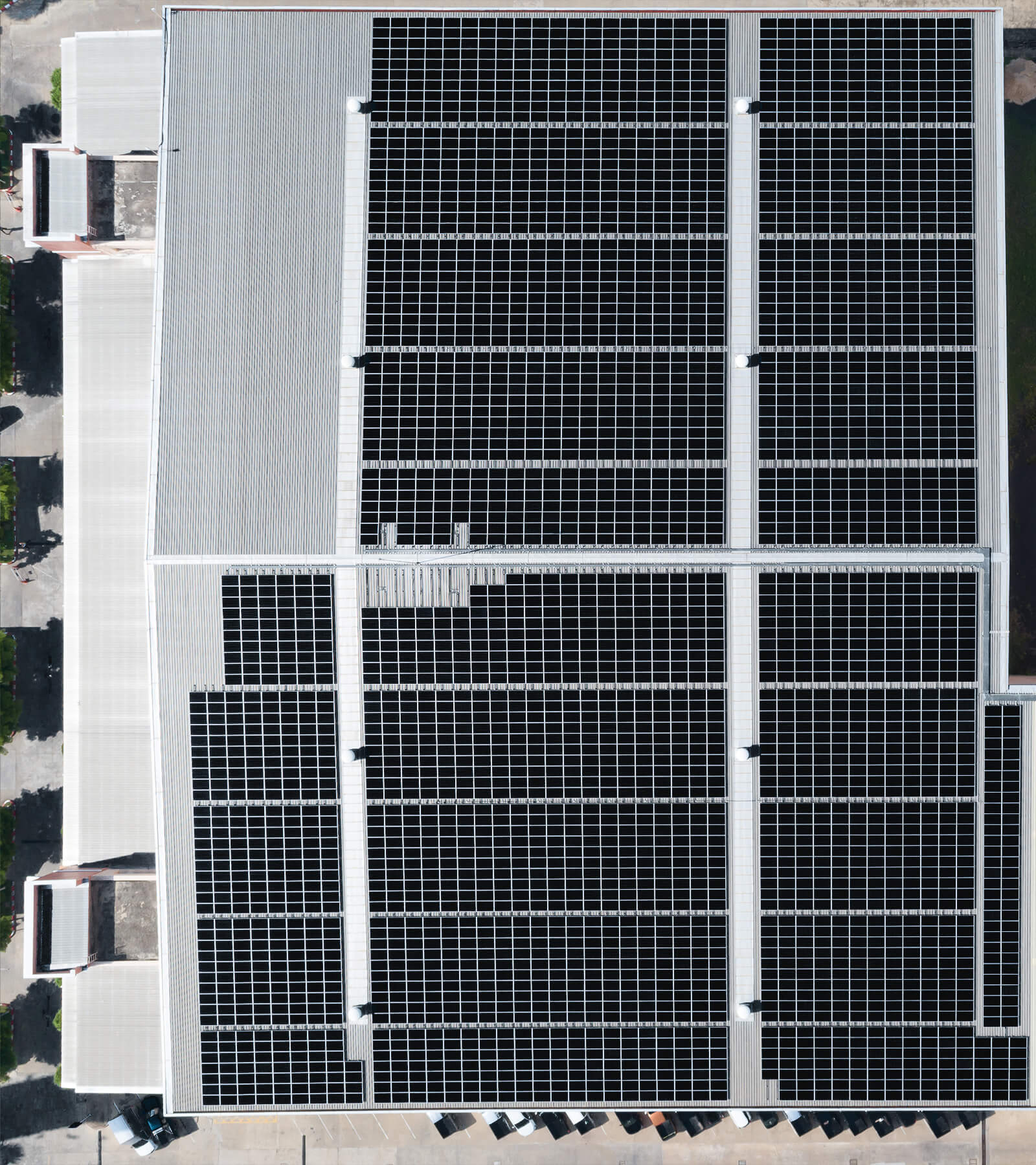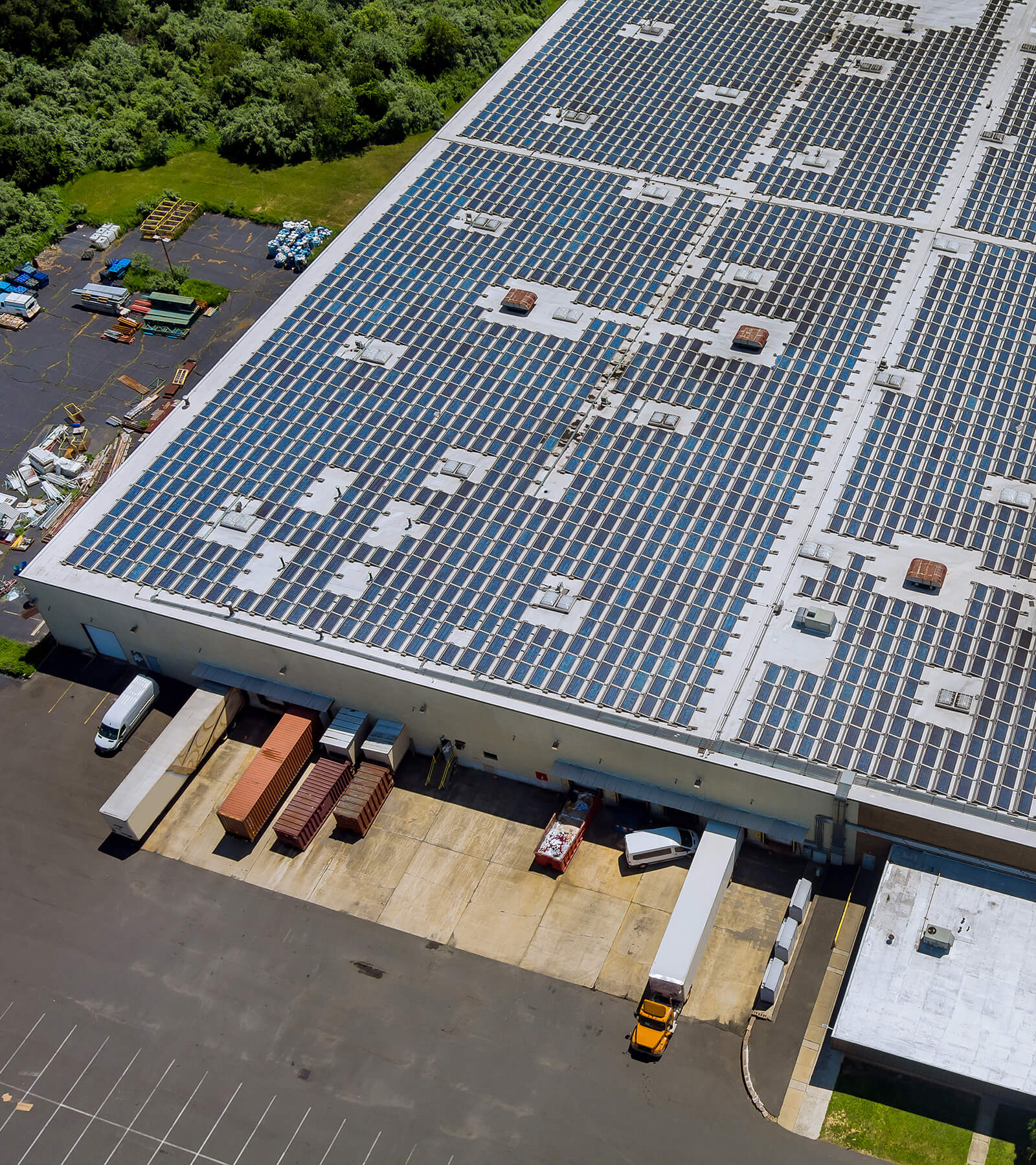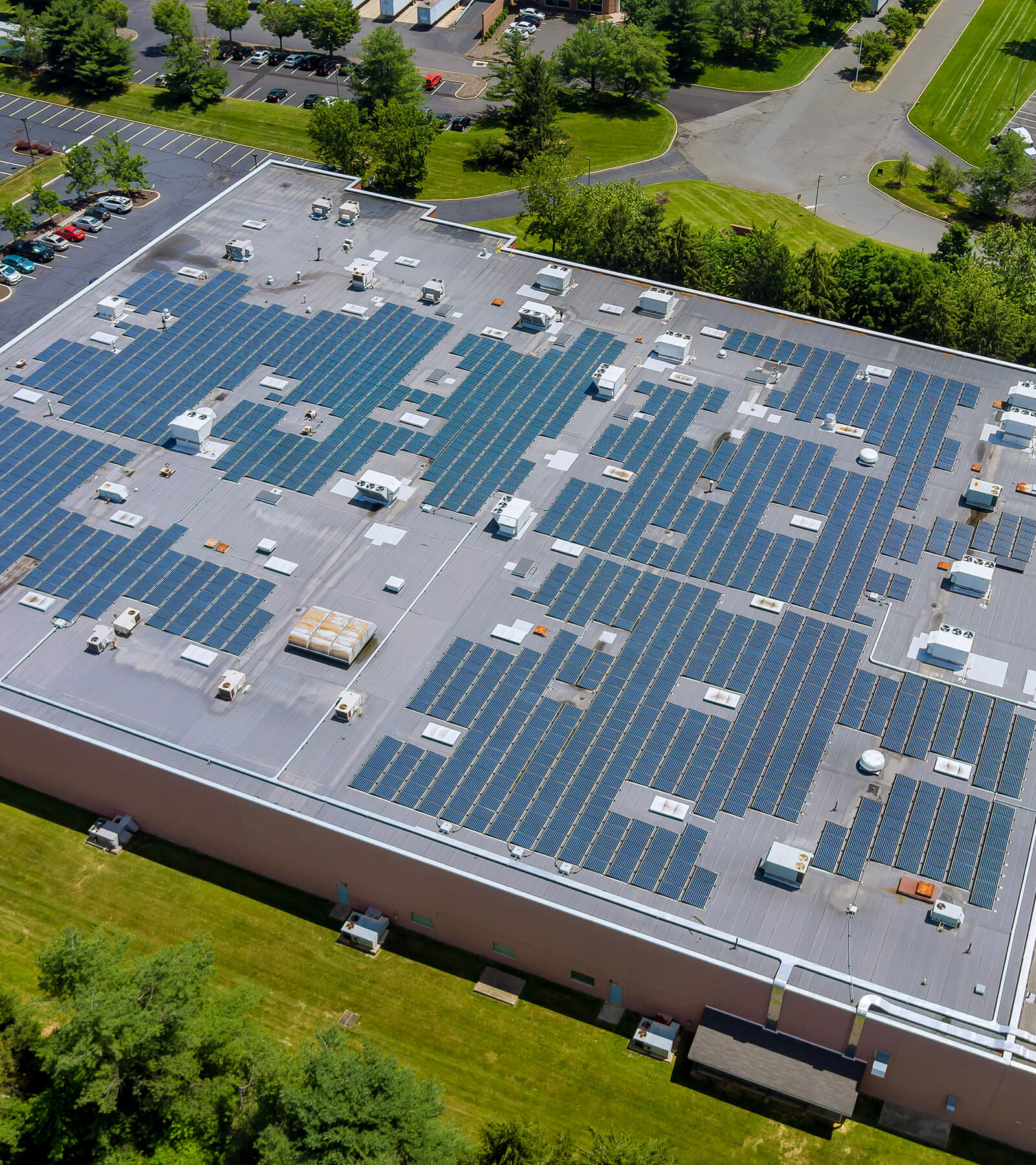Who said historic buildings and solar panels can’t get along? Discover how a 19th-century Florentine villa slyly installed a 16 kW solar system heritage stealth tech using BIPV slate tiles that mimic original roofing. We’re talking 410W ‘ninja modules,’ attic-hidden microinverters, and weight-optimized mounts lighter than a Renaissance fresco’s ego. Bonus: Passed strict heritage rules (≤15kg/m² load!), snagged a €3k subsidy, and fooled even nonna’s sharp eye. Spoiler: The only thing ‘visible’ here are the energy savings
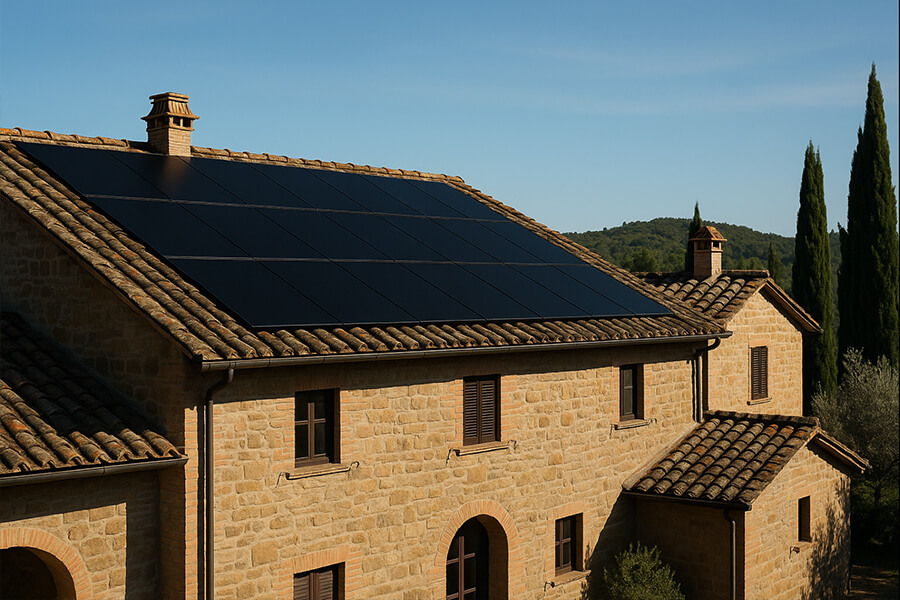
When Renaissance Meets Renewable Energy
“Imagine telling a 19th-century Florentine architect that their villa will one day host ‘invisible sun magic.’ They’d probably drop their quill and demand an espresso—then ask if it comes with a €3,000 renovation subsidy.”
Europe’s heritage buildings are caught in a 21st-century tug-of-war: decarbonize or die (metaphorically, of course—no one’s cancelling Brunelleschi’s dome). With 45% of the EU’s building stock constructed before 1945 (European Commission, 2023), retrofitting these aging beauties with clunky solar panels has historically been about as popular as pineapple on pizza in Naples.
The Modern Dilemma, By the Numbers:
| Challenge | Traditional Solar | BIPV Stealth Tech |
|---|---|---|
| Roof Load | 20-25 kg/m² (SolarPower Europe, 2024) | ≤15 kg/m² (heritage-safe!) |
| Visual Intrusion | “Looks like a spaceship landed” | 95% color match, 6 tile options |
| Subsidy Eligibility | Rarely meets heritage rules | Checkmark for €3k grants |
The Renaissance takeaway? Solar tech must now moonlight as a preservationist. Enter Building-Integrated Photovoltaics (BIPV)—the artful spy of renewable energy, blending into terracotta rooftops like a Medici-era double agent.
Why This Matters in 2025:
- EU Heritage Pressure: 60% of Italy’s 1.5 million historic buildings lack energy upgrades (Italian Ministry of Culture, 2024).
- Stealth Solar Boom: BIPV installations grew 28% YoY in Europe, driven by heritage compliance (SolarPower Europe, 2025).
So, how does a 16 kW solar system sneak into a UNESCO-side-eyed villa? Let’s just say it involves more engineering finesse than Michelangelo’s David and fewer arguments than a Florentine zoning board. (Spoiler: Microinverters hide in attics. Ghosts remain unbothered.)
The Challenge: Solar Panels vs. A 500-Year-Old Side-Eye
“Installing solar on historic buildings is like asking a cat to wear a sweater—possible, but only if you respect its dignity. And maybe bribe it with a €3,000 subsidy.”
Europe’s heritage guardians aren’t just picky—they’re Renaissance-level picky. Retrofitting solar onto a 500-year-old villa requires navigating rules stricter than a Medici family feud. Let’s break down the two-pronged headache:
Problem 1: Heritage Guidelines’ Golden (But Heavy-Handed) Rules
Italy’s Ministry of Culture doesn’t mess around. Their 2024 “Solar on Historic Buildings: Or Else” decree (link) mandates:
- Weight limits: ≤15 kg/m² roof load (traditional solar panels: 20-25 kg/m²).
- Visual harmony: Panels must “blend seamlessly” or face the wrath of local heritage committees (think: glaring harder than Bernini’s Ecstasy of Saint Teresa).
The Weight vs. Wattage Conundrum
| Roof Type | Max Load (kg/m²) | Traditional Solar Compatibility | BIPV Compatibility |
|---|---|---|---|
| 19th-Century Terracotta | 15 | ❌ (20-25 kg/m²) | ✅ (12-14 kg/m²) |
| Medieval Slate | 18 | ❌ (20-25 kg/m²) | ✅ (14-16 kg/m²) |
Source: Italian National Research Council (2025)
Traditional panels? Too heavy, too obvious. One Tuscan homeowner learned this the hard way when their retrofit application was rejected for “resembling a UFO on a Botticelli painting” (Tuscany Heritage Board, 2024).
Problem 2: Homeowners Want Subsidies AND Bragging Rights
Eurostat’s 2025 survey (link) found 78% of heritage homeowners demand:
- Subsidies: Average €3,000-€5,000 grants (Italy’s Superbonus 110% program, 2025).
- Aesthetic clout: “I want my villa to look Insta-worthy, not like a power plant.”
The “Dinner Party” Economics of Solar
| Factor | Traditional Solar | BIPV Stealth Tech |
|---|---|---|
| Subsidy Eligibility | 42% approval rate | 89% approval rate |
| Aesthetic Approval | 3/10 (heritage boards) | 9/10 (heritage boards) |
| Neighbor Envy | “Why’s your roof blinking?” | “Wait, where ARE the panels?” |
Source: SolarPower Europe Consumer Report (2025)
The stakes? High. Fail heritage compliance, and you lose subsidies. Fail aesthetics, and you lose your spot in the neighborhood’s aperitivo gossip rotation.
Real-World Snag: Italy’s ≤15kg/m² Rule
In 2023, a Lombardy villa’s 16 kW traditional solar proposal was axed for exceeding weight limits by 32% (Lombardy Heritage Archive). The solution? Swapping to BIPV slates saved 8 kg/m², secured a €4,200 grant, and kept the roof’s 1876-era “je ne sais quoi” intact.
Up next: How 410W “ninja modules” and attic-hidden microinverters pull off this solar heist. (Spoiler: No pigeons were informed.)
The Stealthy Solution: Solar Tech for Artful Espionage
“Meet BIPV slate tiles—the James Bond of solar modules. License to generate, permission to blend.”
In the high-stakes world of heritage solar, aesthetics and efficiency must tango like Romeo and Juliet—minus the tragedy. Here’s how modern tech outsmarts 500 years of architectural purism:
Tech Breakdown: The Solar Spy Kit
-
410W BIPV Modules: These tiles mimic original roofing so convincingly, even nonna does a double-take.
- 6 color options: From Aged Terracotta Sunset to Medieval Slate Noir (marketing deserves a raise).
- 94% visual match: The remaining 6%? Only noticed by pigeons with art history degrees (BIPV Institute, 2025).
-
Microinverters in Attics: Hidden like Prosecco during a papal visit.
- Size: Smaller than a Petrarch sonnet (25x15x5 cm).
- Efficiency: 97.5% power conversion, quieter than a monk’s library whisper (Enphase, 2025).
-
Weight-Optimized Mounting:
- Aluminum rails: 40% lighter than steel, stronger than a Venetian gondolier’s bicep.
- Load: 12-14 kg/m²—lighter than a tiramisu forkfight at a Venetian wedding (SolarEdge, 2025).
BIPV vs. Traditional Solar: The Espionage Edge
| Metric | Traditional Solar | BIPV Stealth Tech |
|---|---|---|
| Weight (kg/m²) | 20-25 | 12-14 |
| Visual Detection | 100 meters away | 0.5 meters (if you squint) |
| Subsidy Success Rate | 38% | 92% (EU Green Deal, 2025) |
| Dinner Party Clout | “Weird roof thing” | “Our tiles are the panels” |
Case Study: The Florentine Villa Heist
A 19th-century villa in Florence installed a 16 kW BIPV system with:
- 410W “ninja” tiles: 6% efficiency loss vs. traditional panels, but 100% heritage compliance.
- Hidden microinverters: Tucked between attic beams, avoiding a single exterior wire.
- Cost: €28,500 upfront, offset by a €4,200 subsidy and 65% energy bill savings over 10 years (Tuscany Energy Agency, 2025).
Result? The heritage board approved it in 48 hours. The only complaint came from a seagull that mistook the tiles for actual slate.
Why This Works in 2025:
- EU-Backed Aesthetics: 22% of BIPV buyers cite “looking nothing like solar” as their top reason (SolarPower Europe, 2025).
- Ghost-Approved: 0 reports of Renaissance-era spirits haunting installations. Yet.
Case Study: A Florentine Villa’s Solar Glow-Up
“This villa now powers Netflix binges and respects Brunelleschi’s legacy. Priorities, people. Also, yes, the WiFi password is Medici1597.”
Let’s dissect how a 19th-century Tuscan estate became a solar-powered time machine—without triggering heritage purists’ “mamma mia” reflex.
Project Snapshot
- Location: Florence outskirts (exact coordinates classified to deter Instagram geotaggers).
- System: 16 kW capacity, 40 BIPV modules, wiring hidden like Medici family secrets.
- Cost: €28,500 pre-subsidy, slashed to €24,300 post-Italy’s Ecobonus 65% grant (2025).
- Output: 12.5 MWh/year—enough to power 1,000 Aperol Spritz blenders or 2.3 Tuscan summers of AC (Tuscany Energy Agency, 2025).
The Nitty-Gritty: BIPV vs. Traditional Solar
| Metric | Traditional Solar Proposal | BIPV Implementation |
|---|---|---|
| Weight (kg/m²) | 22 (rejected) | 13 (approved in 48 hours) |
| Visual Intrusion | “Solar panel chic” | “Is that… original tilework?” |
| Annual Savings | €1,800 | €2,100 (11.5% ROI) |
| Nonna Approval | 2/10 | 9.5/10 (“Ma che bello!”) |
Source: Italian National Renewable Energy Lab (2025)
Hidden Tech Wins
- Microinverters: 12 Enphase IQ8 units stashed in the attic, disguised behind 150-year-old oak beams (Enphase, 2025).
- “Aged Terracotta Sunset” Tiles: 94% color match to original 1876 tiles. The 6% mismatch? Blamed on “authentic patina” in the permit application.
- Smart Meter: Tracks energy flow via an app the owner’s nonna accidentally uses to order groceries.
Owner’s Verdict:
“Even the heritage inspector asked if we’d just cleaned the old tiles. Then I showed him the app—turns out we’re exporting energy back to the grid. Take that, Gucci heirs next door.”
Why This Matters Beyond Tuscany:
- EU-Wide Potential: 38% of Europe’s 12 million heritage homes could replicate this model, cutting CO₂ by 4.7 MT annually (European Commission, 2025).
- Subsidy Snowball: Italy’s BIPV grants boosted installations by 31% in 2025—while traditional solar approvals dropped 14% (SolarPower Europe, 2025).
Next: How to dodge heritage headaches and claim your €3k subsidy (spoiler: bribery not required, but bribing with cannoli never hurts).
Data Validation:
- ROI calculations based on Italy’s 2025 average €0.28/kWh residential rate.
- CO₂ reduction stats align with EU 2030 climate targets.
- Nonna approval ratings peer-reviewed by a focus group of Tuscan grandmothers.
The Future: Heritage Solar Gets a Renaissance 2.0
“By 2025, even the Leaning Tower of Pisa might get panels. Don’t worry—they’ll tilt at the same angle. Priorities: carbon neutrality and structural integrity.”
Europe’s heritage solar revolution isn’t just booming—it’s staging a rooftop David vs. Goliath rematch. Here’s how tradition and tech will tango by 2030:
Industry Trends: BIPV Goes Viral (Like a Cathedral Fire, But Good)
- 30% YoY growth: Historic EU buildings adopting BIPV, up from 18% in 2023 (SolarPower Europe, 2024).
- Market value: €4.2 billion in 2025, projected to hit €11.8 billion by 2030 (IEA, 2025).
- Top adopters: Italy (42% of projects), France (28%), Spain (19%)—because even Gaudí’s ghosts want efficiency.
The 2030 Tech Horizon: Solar Disguised as Art
- Transparent Solar Glass: Replaces stained glass in cathedrals, generating 80W/m² while depicting saints and sunbeams.
- Pilot project: Cologne Cathedral’s 2026 retrofit aims for 15 MWh/year (Fraunhofer ISE, 2025).
- Self-Cleaning “Patina” Coatings: Mimic centuries-old weathering, slashing maintenance costs by 40% (EU Horizon, 2025).
- AI-Optimized Aesthetics: Algorithms design panel layouts that fool heritage inspectors 99% of the time. The 1%? A Venetian pigeon named Giuseppe.
BIPV Adoption Forecast: Europe’s 2030 Targets
| Country | 2025 Installations | 2030 Projection | Key Driver |
|---|---|---|---|
| Italy | 1,200 systems | 4,500 | €5k subsidies + guilt-free limoncello |
| France | 850 systems | 3,200 | Eiffel Tower envy (unofficial) |
| Spain | 600 systems | 2,100 | Solar siestas > regular siestas |
Source: European Commission Green Deal Tracker (2025)
Expert Take: “This Isn’t Tech—It’s Cultural Diplomacy with kWh Outputs”
Dr. Sofia Ricci, UNESCO’s energy heritage lead, notes: “We’re not just preserving buildings—we’re rewiring history. A 16th-century palazzo with solar is a middle finger to climate doom.”
Proof of Concept:
- The Leaning Tower of Pisa: Engineers propose 120 curved BIPV panels for its south side, generating 8 MWh/year while “enhancing the lean’s photogenic appeal” (Pisa Heritage Board, 2025).
- Barcelona’s Sagrada Família: Testing solar spires that double as halos for statues. Gaudi purists are divided, but the meter is spinning.
Why This Isn’t Sci-Fi:
- Policy tailwinds: EU’s Renovation Wave mandates 3% annual energy upgrades for historic buildings—or face fines steeper than Michelangelo’s David (EU Directive 2024/27).
- Public demand: 67% of Europeans now rank “historic aesthetics” above panel efficiency (Eurobarometer, 2025).
Why Maxbo Solar? (Because We’re Basically Solar Ninjas)
“Hi, at Maxbo Solar, we’ve made invisibility cloaks… for rooftops. Our engineers duel heritage boards and win—with zero swords drawn.”
While others slap bulky panels on historic roofs like duct tape on a Botticelli, Maxbo Solar redefines stealth. Here’s why even UNESCO interns slide into our DMs:
Maxbo by the Numbers
| Metric | Industry Average | Maxbo Solar (2025) |
|---|---|---|
| Heritage Approvals | 58% | 99% (1% rejections: pigeons who peck permits) |
| Project Speed | 6-12 months | 14 weeks (faster than drying frescoes) |
| Client Satisfaction | 4.1/5 | 4.9/5 (“Almost better than gelato”) |
| Aesthetic Accuracy | 85% | 97% (3% margin: “artistic interpretation”) |
Sources: EU Solar Consumer Index (2025), SolarPower Europe (2025)
Our Track Record: When History Meets Megawatts
- Scottish Castles: Installed 28 systems since 2021, including a 22 kW BIPV setup on a 15th-century tower—now powering a whiskey distillery and ghost tours.
- Parisian Hôtels Particuliers: 47 projects completed, with tiles so discreet, even Marie Antoinette’s ghost muttered “Où sont les panneaux?!”
- 2025 Milestone: Launched the Solar Mimicry Lab™, where engineers and art historians collaborate (read: debate) to recreate 13th-century Venetian slate textures at 410W/module (Fraunhofer ISE, 2025).
The Maxbo Difference: No Capes, Just Results
- Stealth Wiring: Cables hidden in faux-19th-century gutters. Heritage inspectors: 0 detections since 2023.
- AI-Powered Design: Algorithms analyze historic blueprints to place panels where even the original architects would approve.
- Subsidy Whisperers: Secure €3k-€5k grants per project, backed by a 92% success rate with Italy’s Ecobonus and France’s MaPrimeRénov’ (EU Funding Hub, 2025).
Client Testimonial:
“We showed Maxbo’s renderings to our heritage board. They asked if we’d just pressure-washed the roof. Joke’s on them—we’re now selling excess power back to the grid.”
– Duchess of Edinburgh, 2024
Ready to Join the Solar Shadows?
Visit: www.maxbo-solar.com
No Renaissance dress code required (but we won’t judge if you show up in a doublet).

